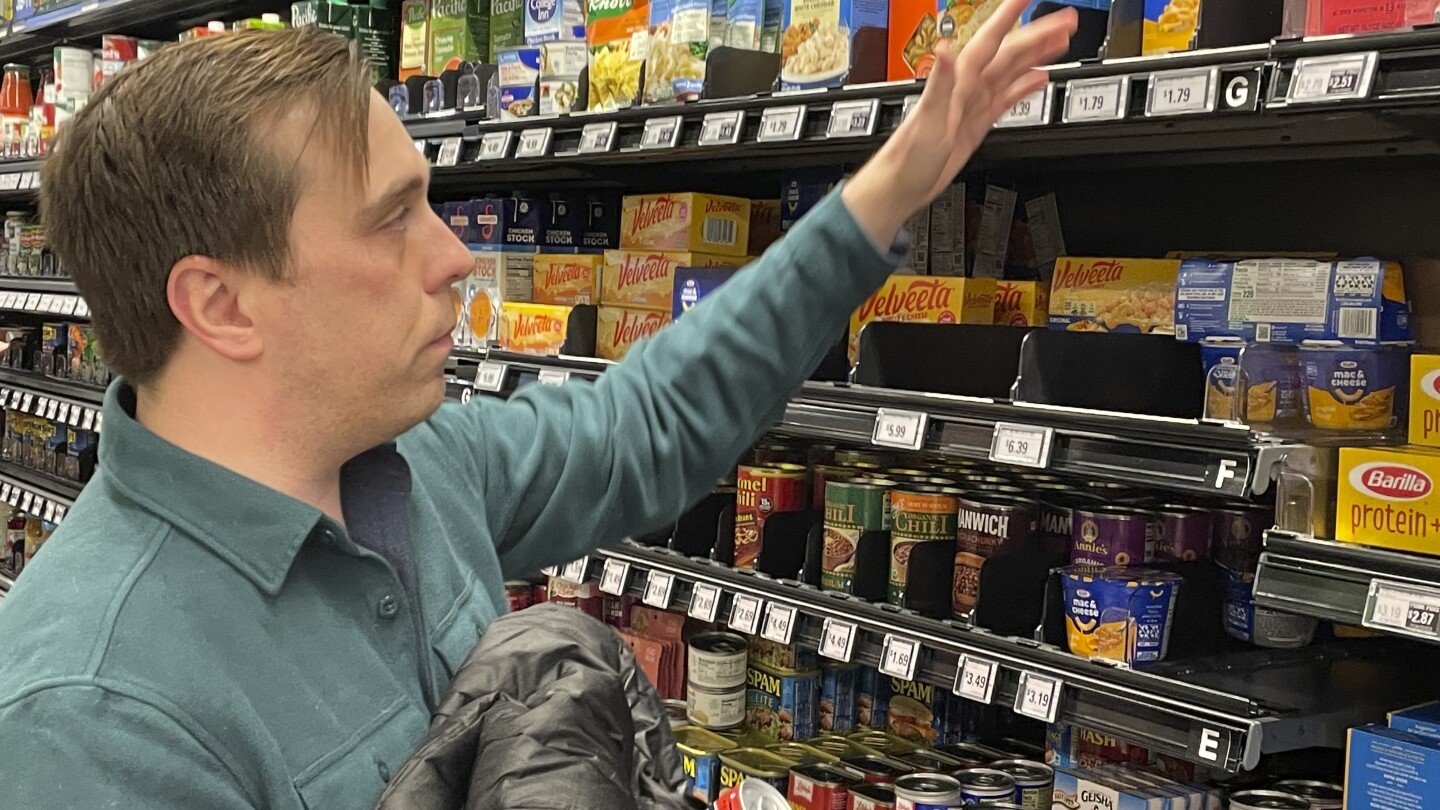Inflation has changed the way many Americans shop. Now, those changes in consumer habits are helping bring down inflation.
Fed up with prices that remain about 19%, on average, above where they were before the pandemic, consumers are fighting back. In grocery stores, they’re shifting away from name brands to store-brand items, switching to discount stores or simply buying fewer items like snacks or gourmet foods.
More Americans are buying used cars, too, rather than new, forcing some dealers to provide discounts on new cars again. But the growing consumer pushback to what critics condemn as price-gouging has been most evident with food as well as with consumer goods like paper towels and napkins.
In recent months, consumer resistance has led large food companies to respond by sharply slowing their price increases from the peaks of the past three years. This doesn’t mean grocery prices will fall back to their levels of a few years ago, though with some items, including eggs, apples and milk, prices are below their peaks. But the milder increases in food prices should help further cool overall inflation, which is down sharply from a peak of 9.1% in 2022 to 3.1%.


Yes. This is how a free market, supply v demand, etc is supposed to work. It works for consumer goods like food, cars, bikes, kids toys, etc.
While people generally don’t need most of the things you listed on a regular basis, I would say food is a pretty standout exception.
How well do the employees work when they don’t eat cuz they can’t afford to?
Food is a necessity, not a consumer good like the other things you listed. You can live without a kid’s toy. You will literally die without food.